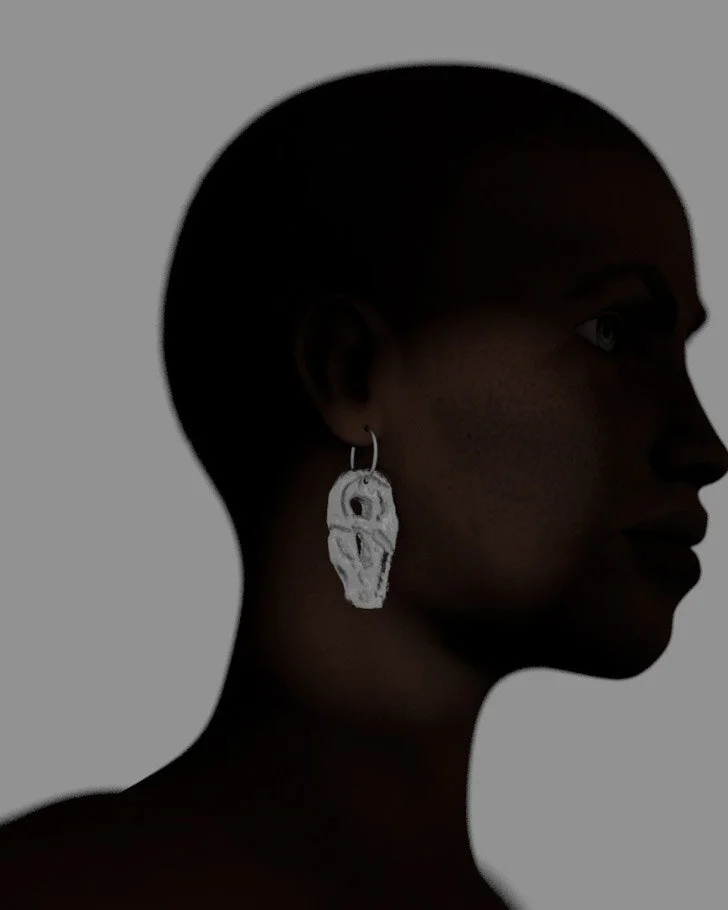Richard Phillips
The New York based artist Richard Phillips spoke to Coeval about his practice in which he creates large scale oil paintings.
Richard Phillips has been practicing as an artist since the 1970s whilst he was growing up in Marblehead Massachusetts. After moving to New York, Richard and his group of creative friends decided to pursue careers within the arts. Richard aspires to create art that engages in a "larger conversation than just art to have my work reach beyond the common designation of art work”. In the main Richard’s work is made on a large scale using the oil paints as a medium. Read on to hear more about Richard and what he is currently pursuing within his work.
What made you pursue art as a profession?
Growing up in Marblehead Massachusetts in the 1970s there was not a sense that art could be a profession at all. Even in art school there were not many indications that there was this possibility. But as early as my freshman year in Boston University in 1980 I made the commitment to fine art as my area of concentration where upon any safety net was thrown right out. Making our art full time was what my friends and I strove for throughout school and immediately when we reached NY. It was each of our passion for art and our collective support for one another that made it possible for us to begin and sustain our careers as professional artists.
How would you best describe the style of your pieces?
The easiest way to describe them are large scale figurative oil paintings that use realism and beauty to allow for visual and psychological manipulation of meaning to put pressure on received subjectivity, destabilise assumptions, and undermine rhetorical prescription.
What is the main inspiration behind your work?
The main inspiration for my work is the attempt to engage in a larger conversation than just art to have my work reach beyond the common designation of art work and become a more far reaching and complete way of communicating. Painting and ancillary mediums have a unique potential to carry out this ambition.
You tend to work on a large scale – why does this way of working appeal to you?
I've always loved large scale paintings. I think back to when I saw Abstract Expressionism for the first time. The giant Rothkos, DeKoonings , and Pollocks. It occurred to me that there was an American scale of painting that could at the very least be a backdrop for living. Then Neo- Expressionism of the 80's left a big impression on me with Middendorf, Lupertz, and Kiefer. Scale can overwhelm, intimidate and stir emotion. Most of all it served as an analogous experience to the post punk goth and industrial concerts I was going to. Easel paintings never entered into my thought process.
Can you talk us through a favourite piece of yours and the influence behind it?
A favourite painting of mine is titled $ from 2004. It is a painting that was intended for a four painting exhibition focusing on the subject of Nation states and National identity. The United States of America, Switzerland, Germany, and Japan were selected as representative subjects. $ was focused on the US but originally by way of French critique but not at all in a literary sense. The image that was the inspiration for the painting came from a magazine that contained an article about a French Cabaret from the late 60's that was a critique of the hypocrisy of American morality codes surrounding nudity entertainment, and commercial interests. To demonstrate this critical position nude cabaret dancers performed under the light projection of the dollar bill with the seal of New York City on it. The painting became an extended form of a succession of critical ideology that turned back against the artwork and painting itself while at the same time being erotic and hauntingly beautiful.
From a technical perspective what mediums do you use to create pieces?
My paintings follow a very traditional Venetian methodology. I have often begun the process by making charcoal and chalk drawings on grey toned paper. These drawings, although smaller, allow for the initial translation of the photographic to the drawing and later painted image. Once a painting is decided on I will have stretchers made to size and stretch, glue, and oil prime them by hand. Once the primer is dry I will stain the primed linen with an imprimatura upon which I will set a grid with pencil grid and later paint a monochrome grisaille of the final image using a thin oil and turpentine medium. For the final full color painting of the image over the grisaille the medium will be more viscous and the application of paint more opaque. Attention to fat over lean paint density, drying times of mediums, and the manipulation of edges become most critical for the finished work.
What do you have planned for the future in terms your practice?
I am presently in the middle of a two year long private painting commission. It is a project that I am enjoying as it pushes me to and beyond the limits of my art both conceptually and technically which is a place I am most happy working in. Beyond this project I am planning my next exhibition of new paintings for New York City.
interview GABY MAWSON
What to read next

















